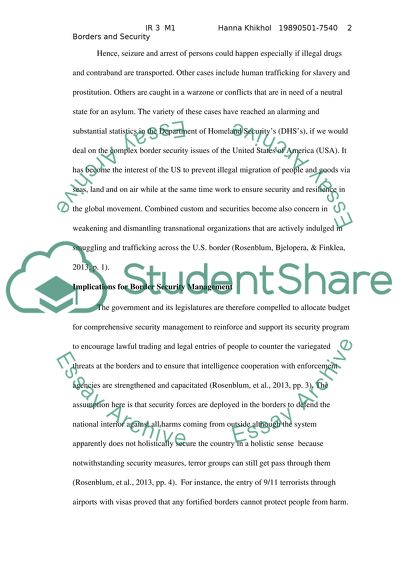Cite this document
(“Contemporary Challenges in IR Essay Example | Topics and Well Written Essays - 2000 words”, n.d.)
Retrieved from https://studentshare.org/history/1615757-contemporary-challenges-in-ir
Retrieved from https://studentshare.org/history/1615757-contemporary-challenges-in-ir
(Contemporary Challenges in IR Essay Example | Topics and Well Written Essays - 2000 Words)
https://studentshare.org/history/1615757-contemporary-challenges-in-ir.
https://studentshare.org/history/1615757-contemporary-challenges-in-ir.
“Contemporary Challenges in IR Essay Example | Topics and Well Written Essays - 2000 Words”, n.d. https://studentshare.org/history/1615757-contemporary-challenges-in-ir.


